Transforming Scraps into Gold: Master the Art of Homemade Stock for Flavorful and Sustainable Cooking"
There's something deeply satisfying about transforming kitchen scraps and leftover bones into a rich, flavorful liquid gold known as homemade stock.
Not only does it elevate your culinary creations to new heights, but it also reduces waste and provides a nutritious base for soups, stews, and countless other dishes. In this article, we'll guide you through the process of making your own homemade stock using a simple and efficient method. Get ready to unlock the full potential of your kitchen scraps and enjoy the best soup you've ever made!
Ingredients:
- - Chicken bones (from roasted chicken or rotisserie chicken)
- - Cut ends of onion, celery, leeks, carrots, and other veggies
- - Water
Instructions:
1. Start by collecting chicken bones from roasted or rotisserie chicken in a gallon-sized freezer bag. Store the bag in the freezer until it's full.
2. Whenever you have leftover ends and scraps of onion, celery, leeks, carrots, or any other vegetables, add them to the freezer bag along with the chicken bones. This step ensures that no vegetable scraps go to waste and adds flavor to the stock.
3. Once the bag is full and you're ready to make the stock, transfer the contents to a crockpot or slow cooker.
4. Fill the crockpot with water, almost to the brim, ensuring that the bones and vegetable scraps are fully submerged.
5. Set the crockpot to high heat and let the mixture simmer for about 24 hours. This slow and gentle cooking process allows the flavors to meld and extract maximum richness from the bones and vegetables.
6. After 24 hours, carefully strain the stock through a fine-mesh sieve or cheesecloth, separating the liquid from the bones and vegetable remnants. Discard the solids.
7. Now, your homemade stock is ready to be used in various recipes. Use it as a base for soups, stews, sauces, or any other dish that calls for a flavorful liquid.
Additional Information:
- Canning: If you wish to preserve the stock for longer shelf life, you can opt for canning. Process the jars in a pressure canner at 10 pounds of pressure for 25 minutes. This will give your stock a shelf life of 1-2 years.
- Water Level: When adding the bones and vegetable scraps to the crockpot, fill it with water almost to the top. This ensures that the ingredients are fully covered and submerged during the cooking process.
- Avoid Greasy Bones: It's best to avoid using bones from fried wings or greasy meals, as they can impart an unpleasant flavor to the stock.
Homemade stock is not only a culinary delight but also a sustainable and economical practice that maximizes the use of kitchen scraps.
By repurposing leftover chicken bones and vegetable ends, you can create a flavorful base that elevates your dishes to new heights. With a crockpot and a little patience, you can transform these humble ingredients into liquid gold, ready to enhance soups, stews, and countless other recipes. Embrace this art of homemade stock and savor the satisfaction of creating something delicious from what would have otherwise gone to waste. Get ready to take your cooking to the next level and enjoy the best soup you've ever made!

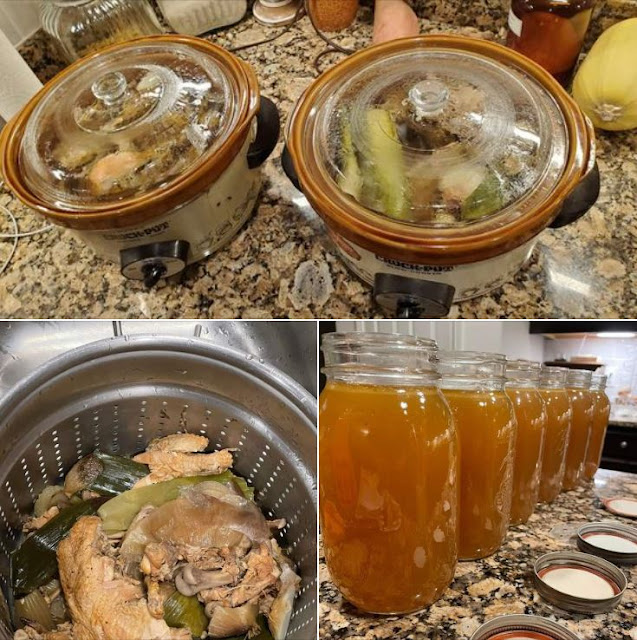


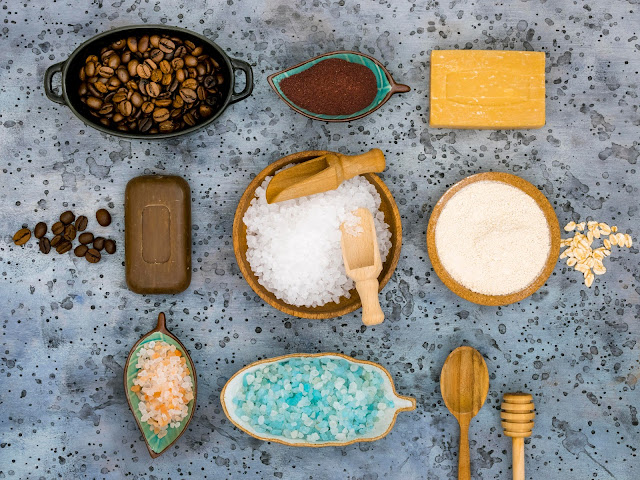

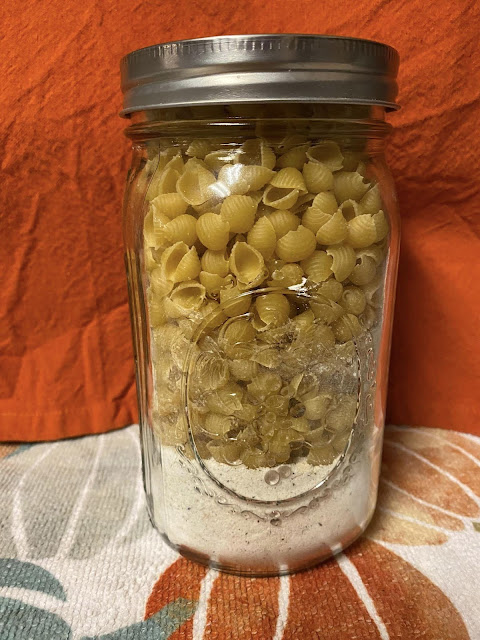




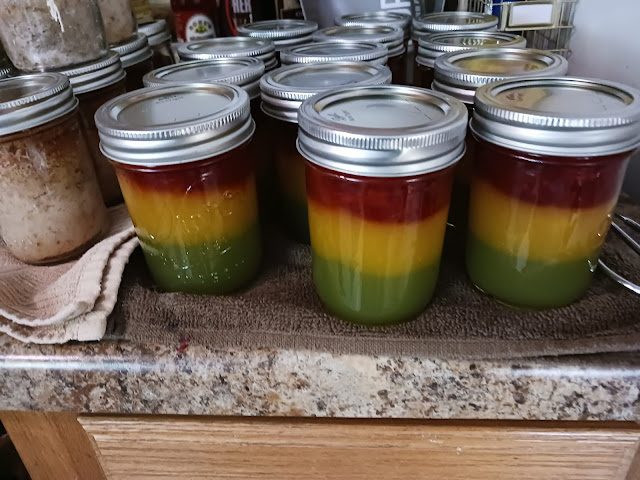

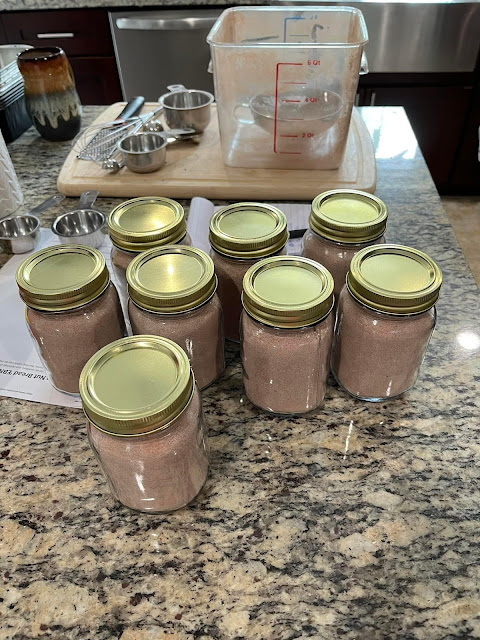
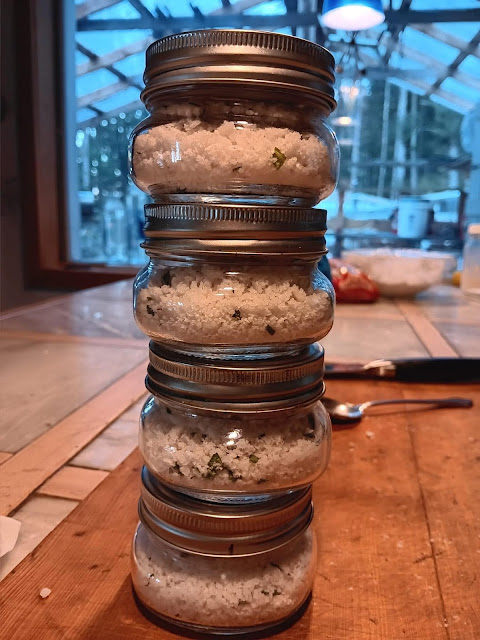
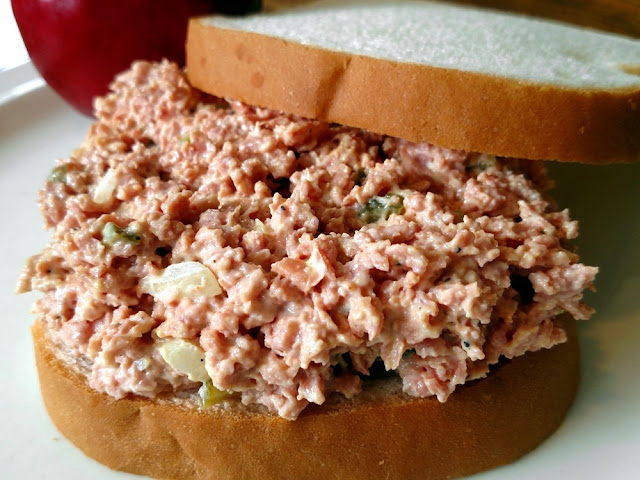

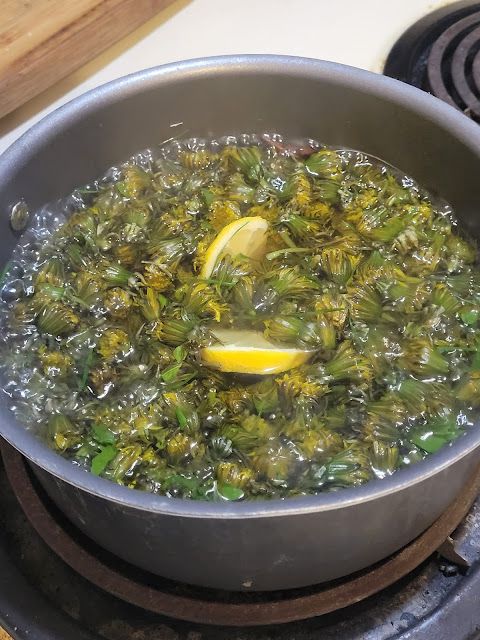

Comments